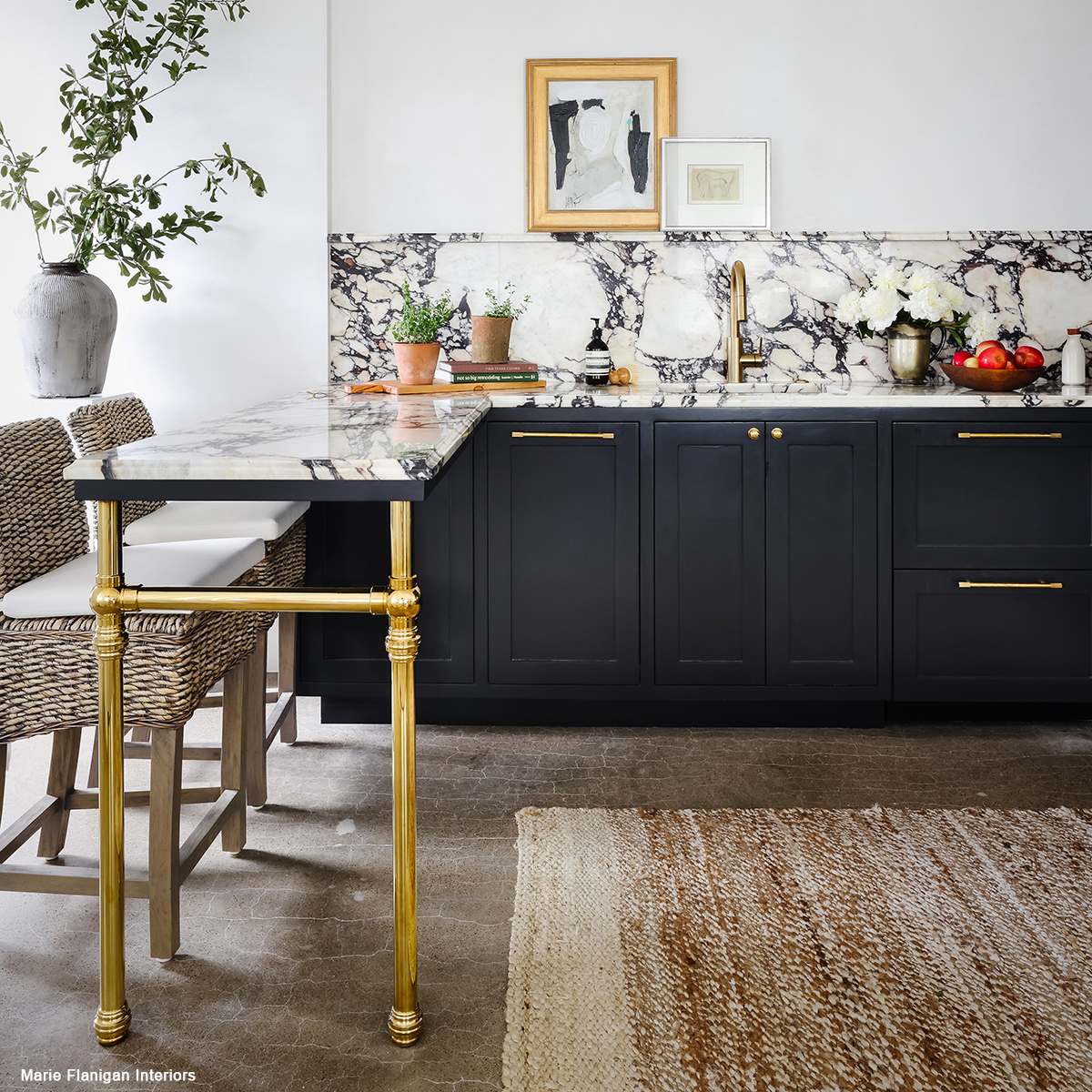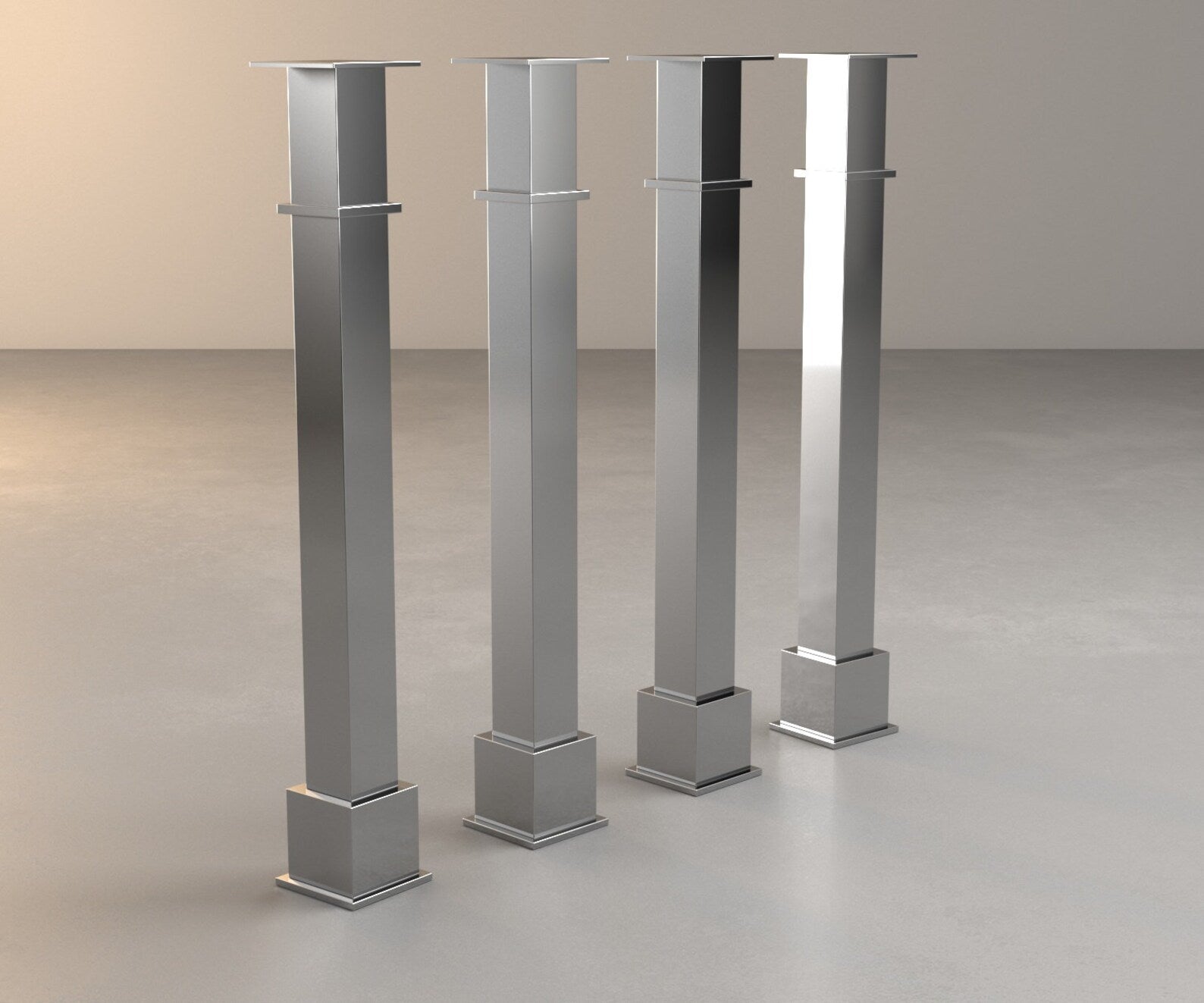Crucial Variables to Take Into Consideration When Picking Legs For Kitchen Area Island
Choosing the suitable legs for a kitchen island entails a mindful evaluation of multiple factors that can significantly affect both performance and aesthetic allure. Amongst these, the option of material plays a crucial function in guaranteeing resilience, while the design has to match the existing decor. Considerations such as elevation and weight support are essential for security and comfort. As we discover these elements, it comes to be clear that each decision can have far-ranging ramifications for the overall kitchen area experience. What nuances should be thought about in each of these categories to attain the perfect equilibrium?
Product Options
When selecting legs for a kitchen area island, recognizing the various material alternatives is essential for accomplishing both visual allure and structural stability (Legs For Kitchen Island). The selection of product significantly influences not just the durability of the island but likewise its total layout and functionality
Wood is a popular selection, offering warmth and flexibility. Strong woods, such as oak or maple, give strength and can be stained or painted to match the kitchen area decoration. Steel legs, often made from stainless steel or wrought iron, contribute a industrial and contemporary feel while making sure longevity and security. These products are immune to put on and can sustain significant weight, making them ideal for bigger islands.
An additional choice is engineered materials, like MDF or plywood, which can be more cost-effective while still supplying a series of coatings. They may not provide the very same degree of stability as strong timber or metal. Legs For Kitchen Island. Products such as acrylic or glass can produce a contemporary appearance, though they may call for extra support to make certain security.
Ultimately, the option of material for kitchen island legs need to line up with the desired capability and the overall motif of the kitchen area.
Design And Style

When considering style, the shape and surface of the legs are vital. Tapered legs can give a sense of lightness and style, while thicker, extra durable legs can communicate stamina and security. Additionally, the coating-- be it repainted, stained, or natural-- ought to enhance the kitchen cabinetry and kitchen counter products to develop a unified look.
Additionally, the layout of the legs can also show individual preference. Custom or ornamental legs, such as those including complex carvings or one-of-a-kind geometric shapes, can serve as centerpieces, adding personality and personality to the kitchen area. Ultimately, the best selection will certainly not only enhance performance however additionally elevate the aesthetic allure, making the cooking area island a standout function of the home.
Elevation Considerations
Selecting the ideal height for kitchen island legs is critical, as it directly influences both capability and convenience. The basic height for a cooking area island generally varies from 36 to 42 inches, lining up with typical countertop heights.

It is likewise important to represent users' heights and preferences. Customizing the elevation can guarantee a comfortable experience for all relative, making the cooking area island an extra practical and enjoyable area.
Weight Support
Making sure appropriate weight support for cooking area island legs is important for both safety and capability. The kitchen island typically offers multiple purposes, including cooking, eating, and added storage, requiring you could check here a durable support structure. When picking legs, it is crucial to take into consideration the general weight ability needed based on the island's intended use and the materials that will certainly be positioned on it.
The option of product for the legs plays a significant duty in their weight-bearing capabilities. Strong wood, steel, and durable compounds typically give remarkable toughness contrasted to lighter materials. Additionally, the layout of the legs-- whether they are straight, tapered, or have a pedestal type-- can affect their capacity to disperse weight effectively across the framework.
In addition, the leg positioning should be strategically planned to improve stability. Legs placed at the corners or with a wider base can much better sustain larger lots. Constantly seek advice from the manufacturer's specifications relating to tons limits to make sure that the legs can sustain the intended weight without jeopardizing safety and security. In recap, choosing kitchen area island legs with appropriate weight assistance is crucial for developing a practical and risk-free culinary room.
Setup and Maintenance
Proper setup and upkeep of cooking area island legs are essential for making certain durability and security. To begin, it is important to follow the manufacturer's guidelines throughout installment. This usually includes protecting the legs to the space station utilizing ideal fasteners, making sure that the legs are level and straightened. Using a level device can assist avoid tottering and enhance the overall visual appeal of the cooking area island.
Once set up, normal maintenance is essential to protect the honesty and appearance of the legs - Legs For Kitchen Island. For wooden legs, periodic cleaning with a moist towel and application of suitable timber gloss can prevent wetness damages and keep their finish. Steel legs might call for a gentle cleansing solution to get rid of grease and gunk, followed by a dry cloth to avoid rust development
Furthermore, check the legs on a regular basis for indicators of wear or damages, such as cracks or loosened joints. Tightening screws or bolts as needed can likewise prolong the life-span of the legs. By adhering to these setup and upkeep methods, property owners can guarantee that their kitchen area island remains strong and aesthetically appealing for years ahead.
Final Thought

Visual comprehensibility is paramount in choosing the design and style of legs for a kitchen island, as these components considerably influence the general ambiance of the area. Conical legs can provide a sense of lightness and beauty, while thicker, much more robust legs can convey strength and stability.Choosing the proper elevation for kitchen island legs is essential, More Info as it straight impacts both capability and comfort. In summary, selecting kitchen area island legs with adequate weight assistance is crucial for producing a secure and functional cooking area.
In verdict, picking legs for a cooking area island necessitates careful consideration of various elements, consisting of material choices, style, height, weight support, and installment.
Comments on “Make The Most Of Adaptability with Flexible Legs For Kitchen Island Attributes”